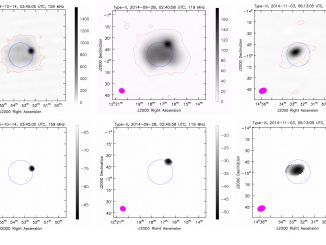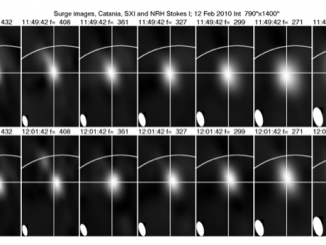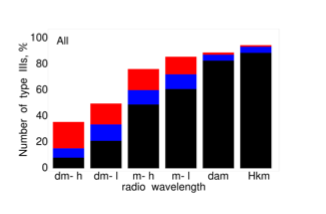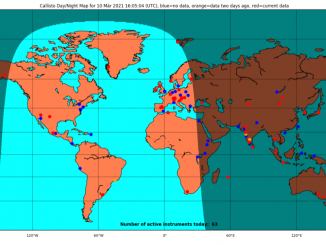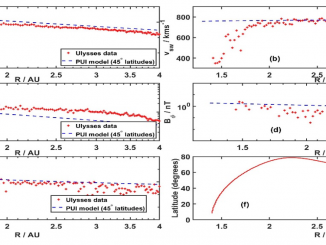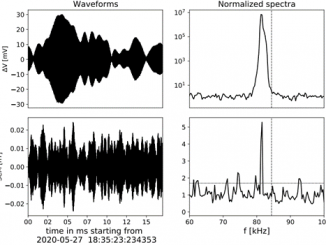Tackling the Unique Challenges of Low-frequency Solar Polarimetry with the Square Kilometre Array Low Precursor: The Algorithm by Devojyoti Kansabanik et al
The solar corona comprises hot magnetized plasma. Coronal magnetic fields are well known to be one of the crucial parameters determining the physics of the solar corona and are vital drivers of Space Weather. Despite the fact that the importance of coronal magnetic fields has been recognised for a long, in practice, they remain rather hard to measure. The polarization properties of coronal emission at low radio frequencies can, in […]

